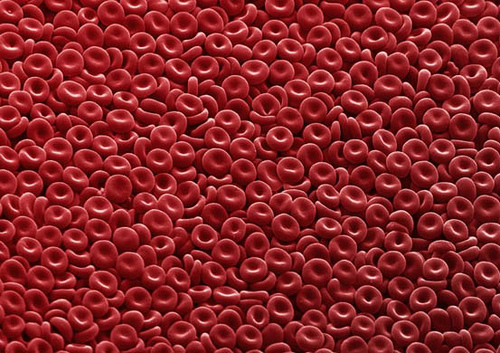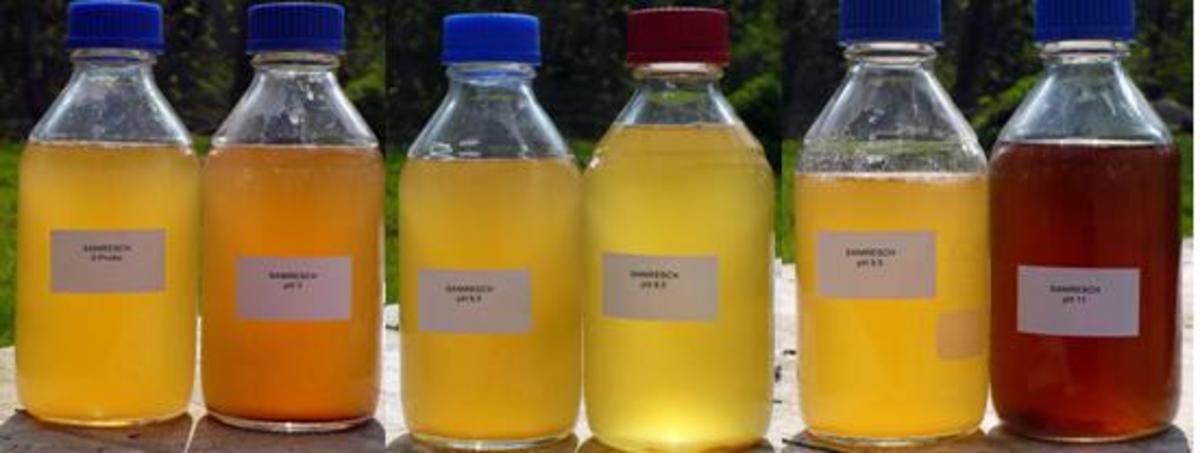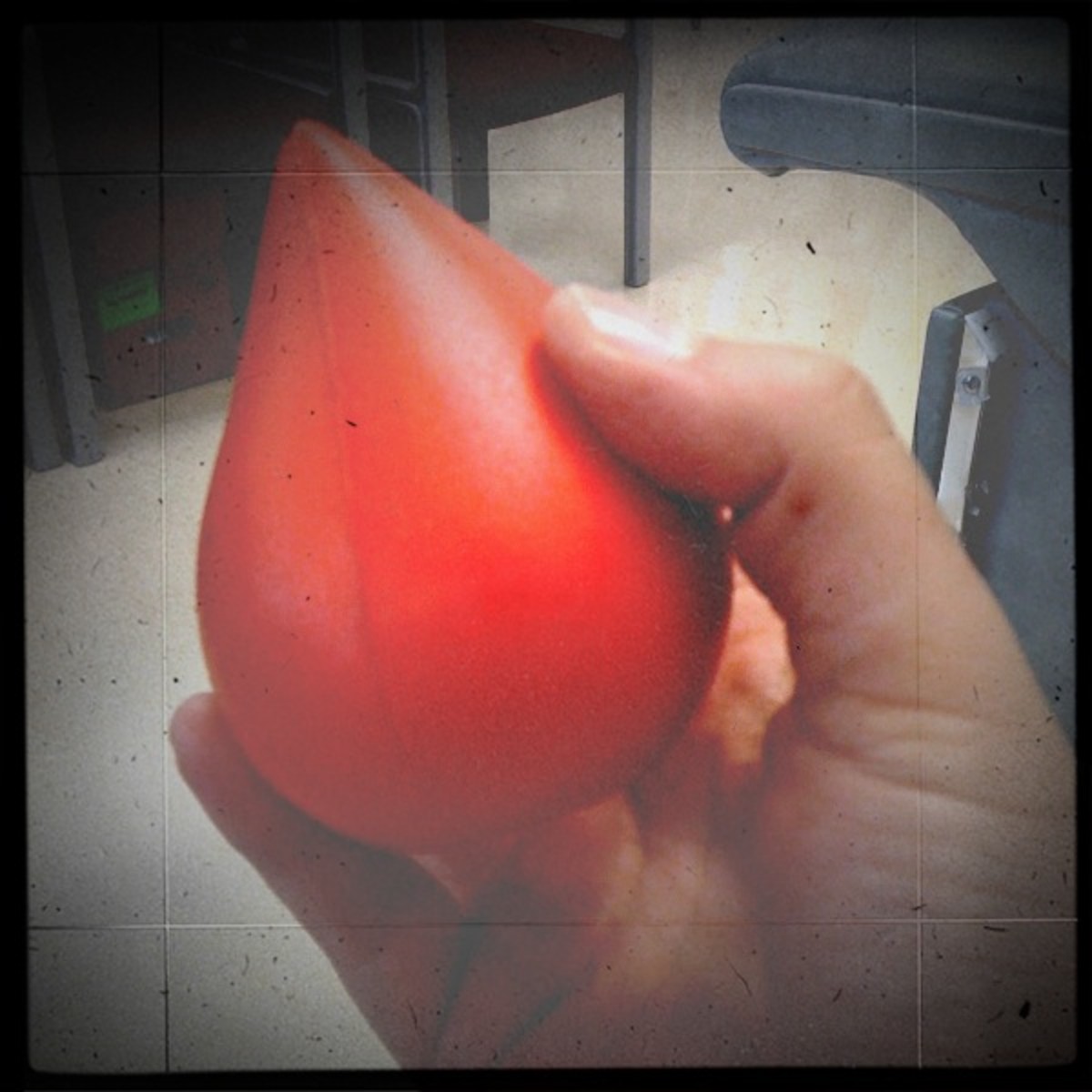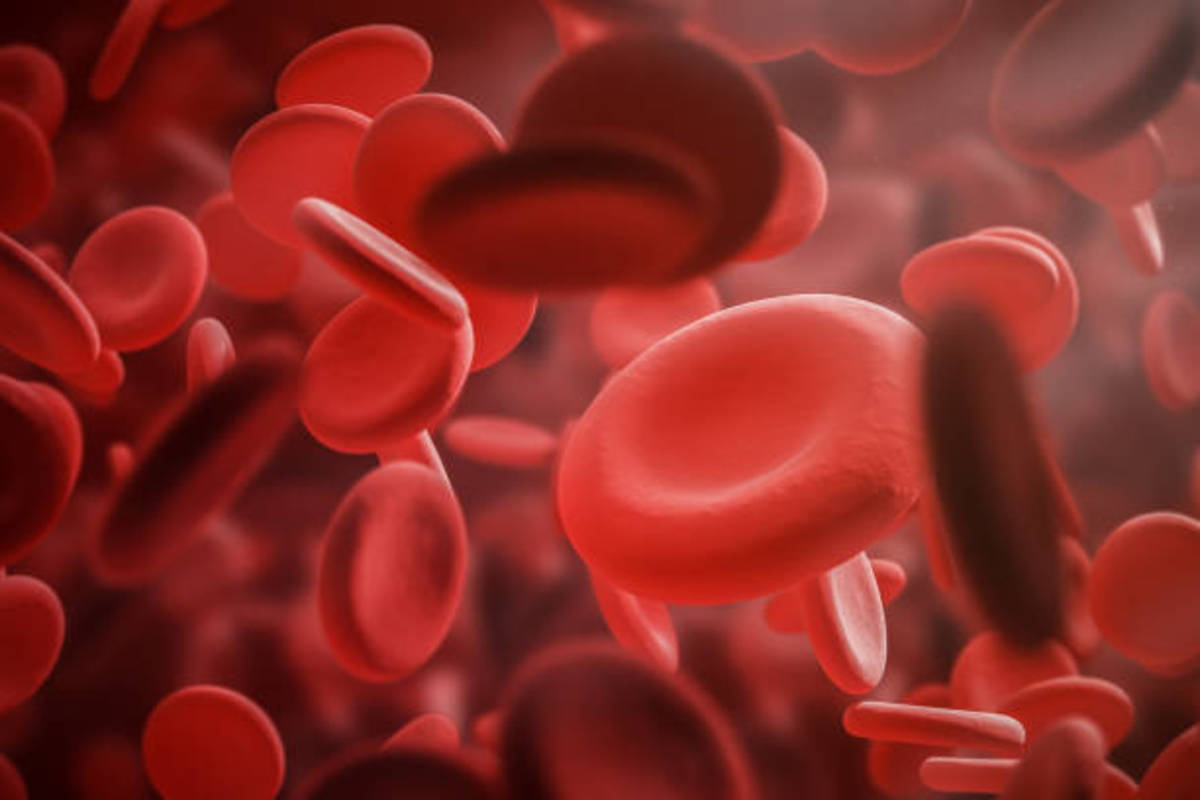What Exactly is Anemia?
What is Anemia?
Anemia is a term used to describe a medical condition in which the red blood cell count is low, or less than normal. Hemoglobin is the red pigment that makes our blood and red blood cells red in color. If hemoglobin levels are low, it is defined as being anemic. Normal ranges of hemoglobin levels in blood are different for men and women. In women, hemoglobin levels of less than 12.0 gram/100ml would be considered anemic. For men Anything less than 13.5 gram/100ml would be considered below normal.
The bloodstream is responsible for carrying oxygen and fuel to every organ and cell in your body. Every cell in your body has a purpose from growth and tissue repair to production of heat, motion, digestion,circulation to fighting off infections and diseases. They are dependent on your blood stream to deliver fuel from your digestive system and oxygen from your lungs to them. Within your bloodstream are red blood cells. The majority of cells in your blood are red blood cells. These red blood cells are produced within your bone marrow. Bone marrow requires iron to produce these red blood cells. A healthy red blood cell will live only 120 days, so it is important for the bone marrow to continually produce red blood cells to replenish those that die every day. When the number or red blood cells in the bloodstream falls below normal ranges, this is called anemia.

What Causes Anemia?
Any process that decreases the life span of red blood cells can cause anemia. There are three main causes for below normal red blood cell levels.
- Decrease in or lack of red blood cell production.
- High rates of red blood cell destruction.
- Blood loss (this can be small amounts over a long period of time or a large amount all at once.)
Common classifications of anemia or low hemoglobin (key chemical compound in carrying oxygen to cells) are based on the MCV (Mean Corpuscular Volume) which can be determined by doctor ordered blood tests commonly known as a CBC (Complete Blood Count). The MCV value is basically the volume of red blood cells. An MCV is considered normal when it falls in the range of 80-100. If it is in this range it is termed normocyctic anemia. A MCV number below 80 is microcyctic anemia and a large cell volume, over 100, is called macrocyctic anemia. This MCV range will clue the doctor in to the possible reasons for the anemia so that he knows which tests to run in order to prescribe a treatment plan.
The most common cause of anemia is iron deficiency. There are many reasons for iron deficiency, chronic blood loss being the main cause. Blood loss could be from several sources. Women are more likely than men to have iron deficient anemia because of monthly menstruation. Bleeding from the urinary or digestive tract cause low iron. Small amounts of blood lost through the digestive tract are 'invisible" because the blood is digested with food and therefore not noticeable. This type of slow blood loss is called occult bleeding. Occult bleeding could occur from hiatal hernias, acid reflux, peptic ulcers, gastritis, stomach and colon polyps, stomach and colon cancer, colitis, or hemorrhoids. Other causes for anemia outside blood loss are some medications, diseases such as rheumatoid arthritis, the genes you inherited, kidney failure, treatment of certain diseases such as cancer, poor diet, pregnancy, bone marrow problems, problems with the immune system, surgery to the stomach or intestines and low vitamin B12 or folic acid levels.
Signs and Symptoms of Anemia
There are many different types and causes for anemia. The signs and symptoms vary depending on the type and cause as well as severity. There are three levels of anemia, mild, moderate and severe. The following list covers signs and symptoms that span across all categories of anemia. I have tried to list as many symptoms as I could, but the list is not to be considered an exhaustive one.
- Feeling tired all the time, regardless of how much you sleep
- Easily fatigued, regardless of sleep or activity
- Feeling weak, muscle weakness
- Appear pale
- Bruise easily
- Feeling cold all the time, especially in hands and feet
- Heart palpitations (heart racing)
- Shortness of breath
- Headaches
- Lightheadedness
- Dizziness
- Tinnitus (ringing in the ears)
- Difficulty sleeping
- Inability to focus or concentrate
- Red lining of mouth, gums or eyelids lightens in color
- Pale complexion
- Malaise (general sense of not feeling well)
- Irritability or other changes in mood
- Iron deficiency
- Mental Confusion
- Loss of sex drive
- Worsening of heart problems
- Abnormal menstruation (absence or Increased)
- Stomatitis (inflammation of the mouth)
- Glossitis (inflammation of the tongue)
- Spoon-shaped fingernails and toenails
- Jaundice (yellowness of the skin and whites of eyes)
- Leg Ulcers
- Pica disorder (unusual cravings for unusual things such as ice, clay, dirt, or could be an unusual craving for a usual food such as eating an entire watermelon or more a day for months or more or a bag of pretzels a day, every day for long periods of time)
- Frequent breath holding (typically in children)
- Numbness or tingling
- Depression
- Constipation
- Chest pain
- Hair loss
- Unexplained body pain
- Swelling in the hands, feet and ankles
Symptoms of severe anemia are chest pain, angina or heart attack, dizziness, fainting, passing out, and rapid heart rate.
Living With Anemia
Sometimes symptoms of anemia can cause long term damage to organs such as heart and lungs if it goes undetected and untreated. Anemia left untreated can even lead to death. If you suspect you have anemia you should see your doctor immediately and tell him of your concerns. He can run simple blood tests to determine if you are anemic and if further tests are needed. From this information, he can get you started on a treatment plan. With proper treatment, many types of anemia are mild and short term. However, if left untreated, anemia can be severe or long lasting. In some instances when its due to trauma, chronic or inherited disease, it can be fatal.
Some of the different types of Anemia are:
- Aplastic anemia
- Blood Loss anemia
- Cooley's anemia
- Diamond-Blackfan anemia
- Fanconi anemia
- Hemolytic anemia
- Iron-deficiency anemia
- Pernicious anemia
- Sickle cell anemia
- Thalassemias
Treatments for Various Anemia
Treatment of anemia depends specifically on the type, cause and severity as well as the individuals tolerance of different treatments. Treatment plans could include changes in diet, medicine, supplements, surgery or other medical procedures. Regardless of what type of anemia, the goal of any treatment plan is to raise the amount of oxygen available for your blood to carry to every organ and cell in your body so that they can function properly. In order to do this, the red blood cell count or hemoglobin level needs to be raised. How this will be done is determined by underlying cause of the anemia.
Anemia could be caused due to a lack of iron, folic acid (folate) or B12. Talk to your doctor about changing your diet or taking supplements to increase these levels so your body can increase it's production of red blood cells. Your body also needs Vitamin C (this helps to absorb iron also), riboflavin and copper to adequately produce red blood cells. If diet and supplements don't work for you, you may have to try iron injections (which are not common) or IV iron therapy. If your levels are dangerously low, you may require hospitalization and one or several blood transfusions. You may need to go on hormone replacement therapy if you have a low level of the hormone erythropoietin, which stimulates bone marrow to create necessary cells. If you have bone marrow damage or other disease you may need a bone marrow stem cell transplant. Surgery or other medical procedures could be deemed necessary for other causes of anemia such as cancers, kidney disease, HIV or aids.
If your body needs iron you can add certain foods to your diet. You can absorb iron more easily from meat than you can vegetables or other foods. Below is a list of some good iron containing food sources.
Sources of Iron
- Red meat, (beef or liver)
- Chicken, turkey or pork
- Fish or shellfish
- Spinach and dark green leafy vegetables
- Peanuts, peanut butter, almonds
- Eggs
- Peas, lentils, white, red and baked beans
- Dried fruits such as apricots, raisins and peaches
- Prune Juice
- Iron fortified foods such as some cereal, some breads and pasta (read the labels)
Sources of vitamin B12
- Cereals and some breakfast bars (read the labels)
- Meat (beef, liver, poultry, fish, and shellfish
- Egg and dairy products (milk, yogurt, cheese)
Sources of Folic Acid
- Bread, pasta, rice (read label to check for added folic acid)
- Spinach and other dark green leafy vegetables
- Black-eyed peas and dried beans
- Beef liver
- Eggs
- Bananas, oranges, orange juice
Sources of vitamin C
- Kiwi fruit
- Mangos
- Apricots
- Strawberries
- Cantaloupe
- Watermelon
© Anglfire693, 2009










